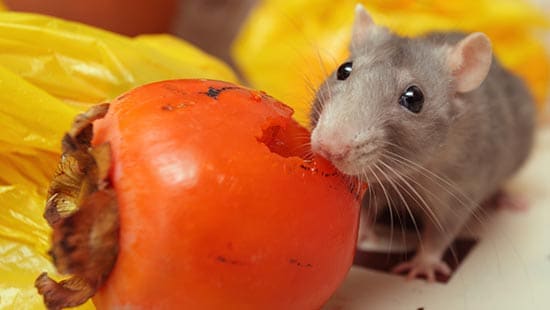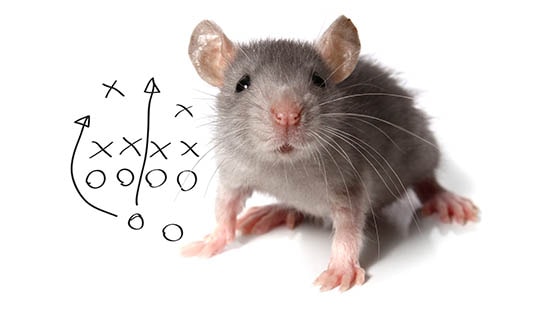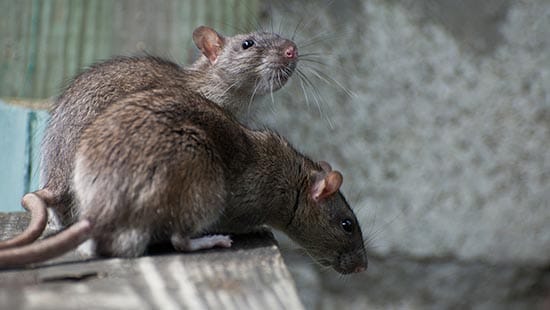
Food Safety:
Inspecting Winter Deliveries for Rodents
Winter Pest Problems
In winter weather, the insides of non-temperature controlled trucks can get nearly as cold as the outside air. While this could kill off some pests that sought shelter, it can cause others to burrow deeper into the goods being transported–making it more difficult to spot them when the truck arrives at your loading dock. This doesn’t mean that temperature-controlled trucks are safe from pests, however; any shelter from the elements can be attractive to pests – particularly one with readily available sources of food and/or water.
Excessive cold can also be a problem for perishable goods, such as fruits and vegetables, with any resulting deterioration potentially drawing pests that are attracted to decaying organic matter, such as small flies.
And if farmers are not regularly inspecting stored grains through the winter, infestations can build up undetected. While some stored product pests will remain active year round, others will overwinter in sheltered sites or foods. For example, some, such as maize weevil larvae, will remain within corn or grain kernels during the cold months of winter, meaning that it will be more difficult to spot pest presence.
It also is important to consider the origination source of the delivery. Even if your facility is in a temperate area, a shipment coming from the north could have pests that took refuge from the cold, while a shipment from the south could be harboring southern-bred pests that you don’t expect this time of year in the North
Inspection Tips for Food Safety
Inspect all deliveries before they are brought into the food facility. Using a flashlight, look around, on, and in (where possible) boxes, crates, and pallets. When lots are plastic-wrapped, look under the clear plastic–if you see small flies, moths, larvae, webbing, or eggs, it is likely that there is an infestation of some type.
Live or dead insects or rodents are the most visible sign of pest presence, but other signs include droppings and piled nesting material in and around product and in corners of the truck; gnaw marks and damaged packaging that can mean rodents are taking refuge; and off-odors and musty smells in grains which can indicate mold, while high temperature, moisture, and hot spots can be indicative of a pest infestation.
Closing dock doors when not in use is particularly critical in winter. Not only are you losing heat from within the building, but that heat and the food smells it likely carries will be very attractive to any pests that have been caught out in the cold. For this reason, as well, the density of bait placements may need to be increased to deter rodents that seek winter harborage inside buildings.
More Resources

Rodent Defense
The Science Behind Rodent Control. A winning playbook for rodent defense and food safety.

Common Types of Rodents to Look Out For
Rodents present a significant risk to food safety due to their ability to vector and spread diseases. Here are the common rodents you should look out for.

Employees, Your First Defense Against Rodents
Because rodents are prolific breeders and rarely seen during the day or when operation is in full swing, an infestation can develop quickly and your employees need to know how to act quickly.



